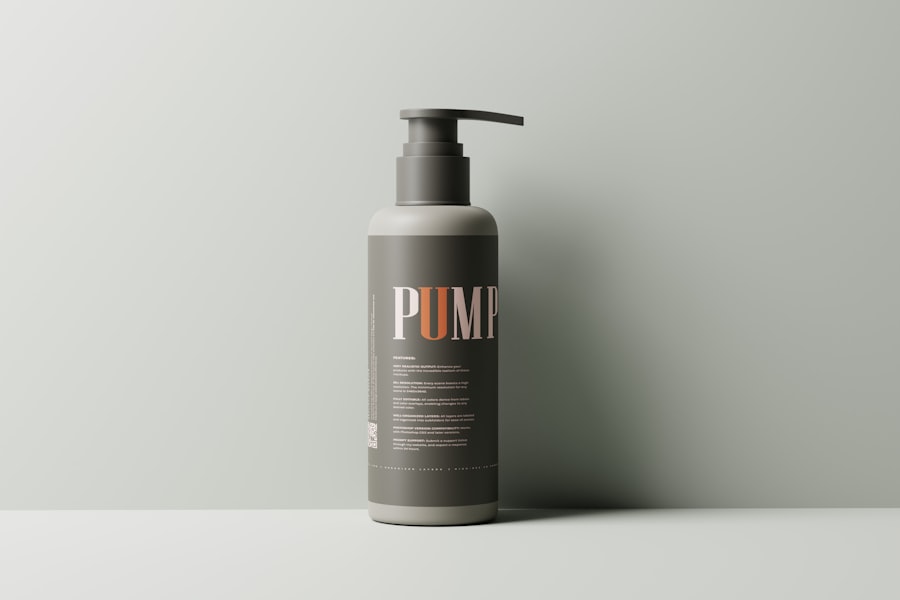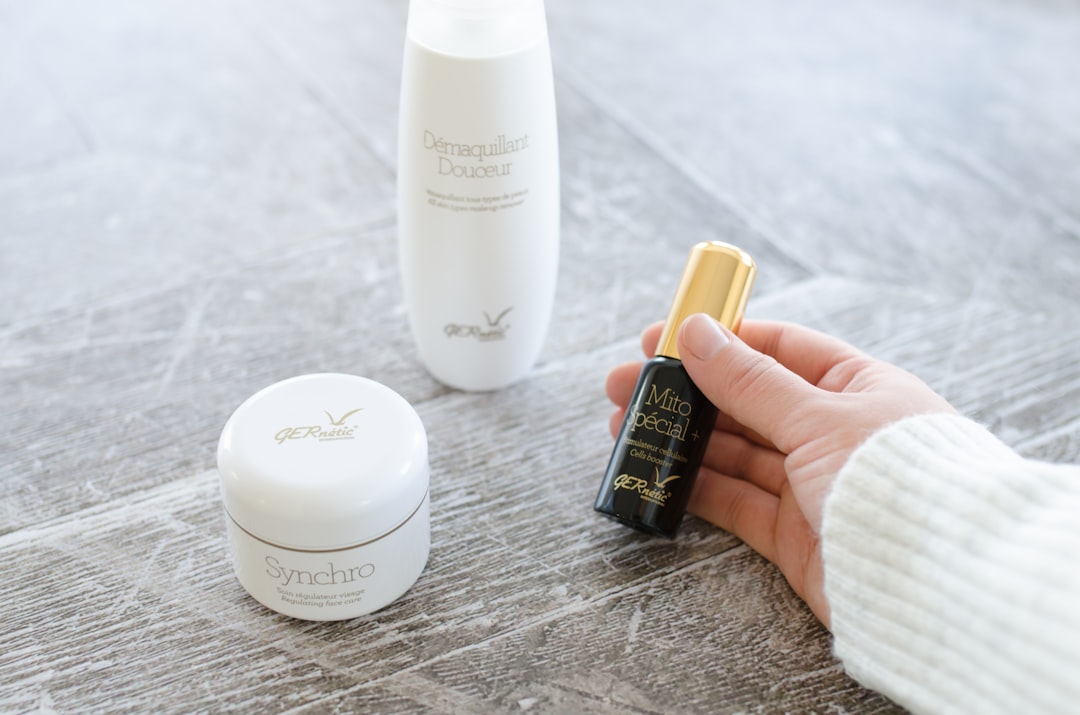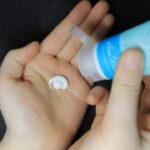Aftercare is a crucial aspect of maintaining smooth and healthy skin, especially after hair removal procedures. Whether you’ve just undergone waxing, shaving, or laser treatments, the skin can be sensitive and vulnerable. You may find that proper aftercare not only enhances the results of your hair removal but also helps prevent common issues such as irritation, redness, and ingrown hairs.
By prioritizing aftercare, you can ensure that your skin remains in optimal condition, allowing you to enjoy the benefits of hair-free skin without the accompanying discomfort. Incorporating a thoughtful aftercare routine into your skincare regimen can make a significant difference in how your skin feels and looks. It’s not just about immediate relief; it’s about fostering long-term skin health.
When you take the time to care for your skin post-hair removal, you are actively working to maintain its integrity and appearance. This commitment to aftercare can lead to smoother skin, reduced irritation, and an overall more confident you. Remember, your skin deserves the best treatment possible, and aftercare is an essential part of that equation.
Key Takeaways
- Aftercare is crucial for smooth and healthy skin after hair removal treatments
- Maintaining hygiene and cleanliness is essential to prevent infections and skin issues
- Regular moisturizing and hydrating the skin helps to keep it soft and supple
- Exfoliation is important to prevent ingrown hairs and promote smooth skin
- Avoiding sun exposure is key to preventing skin damage and maintaining skin health
Hygiene and Cleanliness
Maintaining hygiene and cleanliness is paramount in your aftercare routine. After hair removal, your skin may be more susceptible to bacteria and infections, making it essential to keep the area clean. You should start by gently cleansing the skin with a mild, fragrance-free soap or cleanser.
This will help remove any residual hair removal products or debris that could irritate your skin. Be sure to use lukewarm water, as hot water can exacerbate sensitivity and lead to further irritation. In addition to cleansing, it’s important to avoid touching the treated area with unwashed hands.
Your hands can carry bacteria that may lead to breakouts or infections. If you need to apply any products, make sure your hands are clean before doing so. Keeping the area clean not only promotes healing but also helps maintain the smoothness of your skin.
By prioritizing hygiene in your aftercare routine, you are taking proactive steps to protect your skin and ensure it remains healthy and radiant.
Moisturizing and Hydrating the Skin

Moisturizing and hydrating your skin is a vital step in your aftercare routine. After hair removal, your skin may feel dry or tight due to the process it has just undergone. Applying a suitable moisturizer can help restore moisture levels and create a protective barrier against environmental factors.
Look for products that contain soothing ingredients such as aloe vera, hyaluronic acid, or glycerin, which can help replenish lost hydration and calm any irritation. In addition to using a moisturizer, consider incorporating hydrating serums or oils into your routine. These products can penetrate deeper into the skin, providing an extra layer of hydration that can be particularly beneficial after hair removal.
You should apply these products regularly, especially in the days following your treatment, to keep your skin feeling soft and supple. By prioritizing hydration, you are not only enhancing the appearance of your skin but also promoting its overall health and resilience.
Exfoliation to Prevent Ingrown Hairs
| Exfoliation Method | Frequency | Benefits |
|---|---|---|
| Physical Exfoliation | 2-3 times per week | Removes dead skin cells, prevents hair from curling back into the skin |
| Chemical Exfoliation | 1-2 times per week | Dissolves dead skin cells, reduces inflammation and redness |
Exfoliation plays a crucial role in preventing ingrown hairs, which can be a common issue following hair removal. When hair is removed from the follicle, it can sometimes grow back into the skin instead of outward, leading to painful bumps and irritation. To combat this, you should incorporate gentle exfoliation into your aftercare routine.
It’s important to strike a balance when exfoliating; over-exfoliation can lead to further irritation and sensitivity. Aim to exfoliate the treated area two to three times a week, depending on your skin type and sensitivity levels.
Pay attention to how your skin responds and adjust accordingly. By making exfoliation a regular part of your routine, you can significantly reduce the risk of ingrown hairs while promoting smoother and healthier skin.
Avoiding Sun Exposure
After hair removal, your skin may be more sensitive to sun exposure, making it essential to take precautions against UV rays. Sun exposure can lead to hyperpigmentation, irritation, and even long-term damage to your skin. To protect yourself, consider avoiding direct sunlight for at least 24-48 hours post-treatment.
If you must go outside, wearing protective clothing or seeking shade can help shield your skin from harmful rays. In addition to avoiding direct sun exposure, applying a broad-spectrum sunscreen with an SPF of at least 30 is crucial when you do venture outdoors. Look for sunscreens that are formulated for sensitive skin to minimize the risk of irritation.
Reapply every two hours if you’re spending extended time outside or if you’re sweating or swimming. By taking these precautions, you can safeguard your skin from potential damage while ensuring that it remains smooth and healthy in the long run.
Using Gentle and Soothing Products
Choosing gentle and soothing products is essential for post-hair removal care. Your skin may be sensitive after treatment, so it’s important to avoid harsh ingredients that could exacerbate irritation or discomfort. Opt for fragrance-free products that are specifically designed for sensitive skin.
Ingredients like chamomile, calendula, and green tea extract can provide calming effects while promoting healing. When selecting moisturizers or serums, look for those that contain anti-inflammatory properties to help soothe any redness or irritation. Avoid products with alcohol or strong fragrances, as these can further irritate freshly treated skin.
By being mindful of the products you use during this sensitive period, you can create a nurturing environment for your skin to heal and thrive.
Managing Discomfort and Irritation
Managing discomfort and irritation is an integral part of aftercare following hair removal. You may experience some redness or sensitivity in the treated area, which is completely normal. To alleviate discomfort, consider using cold compresses or ice packs wrapped in a cloth for short periods.
This can help reduce swelling and soothe irritated skin effectively. Over-the-counter hydrocortisone cream can also be beneficial for managing inflammation and redness if needed. However, it’s important to consult with a dermatologist before using any new products on sensitive areas of your skin.
Additionally, wearing loose-fitting clothing can help minimize friction against the treated area, further reducing discomfort during the healing process. By taking these steps to manage irritation, you can enhance your overall comfort while allowing your skin to recover properly.
Long-term Skin Care Routine for Hair Removal Areas
Establishing a long-term skincare routine for areas where you frequently remove hair is essential for maintaining healthy skin over time. Consistency is key; by incorporating regular cleansing, moisturizing, and exfoliating into your routine, you can keep your skin looking its best year-round. Consider scheduling regular hair removal sessions based on your hair growth cycle while ensuring that you follow up with proper aftercare each time.
In addition to immediate post-treatment care, consider integrating nourishing treatments such as masks or serums designed for long-term hydration and repair into your routine. These products can help maintain the health of your skin between hair removal sessions while addressing any specific concerns you may have developed over time. By committing to a comprehensive skincare regimen tailored to the needs of your hair removal areas, you’ll be well on your way to achieving smooth and healthy skin that you can feel confident about every day.
In conclusion, aftercare is not just an optional step; it’s an essential part of maintaining smooth and healthy skin following hair removal procedures. By prioritizing hygiene, moisturizing effectively, exfoliating regularly, protecting against sun exposure, using gentle products, managing discomfort, and establishing a long-term skincare routine, you are investing in the health of your skin for years to come. Embrace these practices as part of your self-care journey; your skin will thank you for it!
After undergoing a hair removal treatment, it is crucial to follow proper aftercare to ensure optimal results and minimize any potential side effects. One helpful resource for learning more about hair removal aftercare is the article “Fashion Home 2” on In Laser Hair Removal’s website. This article provides valuable tips and advice on how to care for your skin post-treatment to maintain smooth and healthy results. To read more about this topic, visit Fashion Home 2.
FAQs
What is hair removal aftercare?
Hair removal aftercare refers to the steps and practices that should be followed after undergoing a hair removal treatment, such as waxing, shaving, laser hair removal, or electrolysis. These aftercare practices are aimed at minimizing potential side effects and promoting healthy, smooth skin.
Why is hair removal aftercare important?
Hair removal aftercare is important because it helps to reduce the risk of skin irritation, ingrown hairs, and infection. It also promotes faster healing and smoother results after the hair removal treatment.
What are some common aftercare practices for hair removal?
Common aftercare practices for hair removal include keeping the treated area clean and moisturized, avoiding sun exposure, exfoliating regularly to prevent ingrown hairs, and avoiding tight clothing that may cause irritation.
How long should I wait before applying products to the treated area after hair removal?
The waiting period before applying products to the treated area after hair removal varies depending on the type of treatment. For example, after waxing, it is recommended to wait at least 24 hours before applying any products to the skin. After laser hair removal, it is best to wait 24-48 hours before applying any products.
Are there any products to avoid after hair removal?
After hair removal, it is best to avoid using harsh or scented products, as well as products containing alcohol, exfoliating acids, or other potentially irritating ingredients. These products can further irritate the skin and increase the risk of complications.
What should I do if I experience irritation or discomfort after hair removal?
If you experience irritation or discomfort after hair removal, it is important to avoid scratching or picking at the treated area. Instead, apply a soothing, fragrance-free moisturizer and consider using a cold compress to reduce inflammation. If the symptoms persist or worsen, it is advisable to consult a dermatologist.







